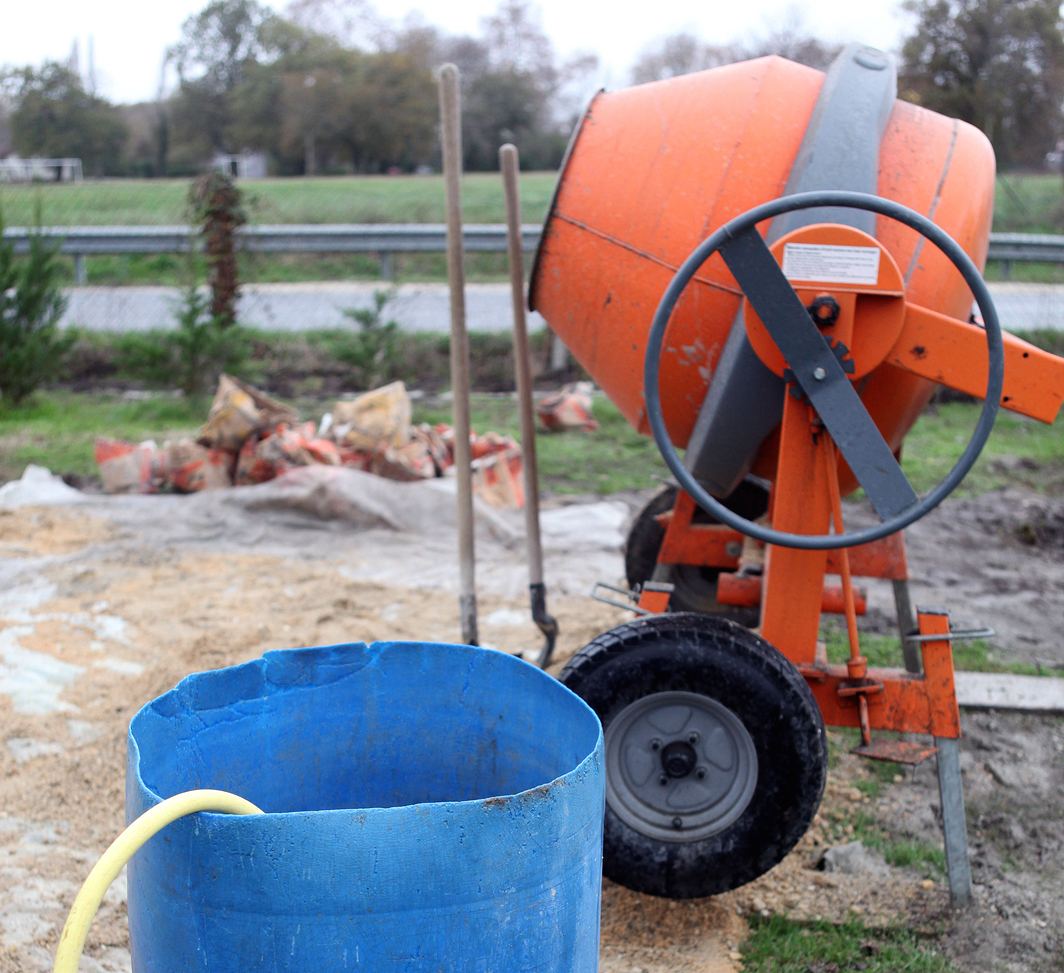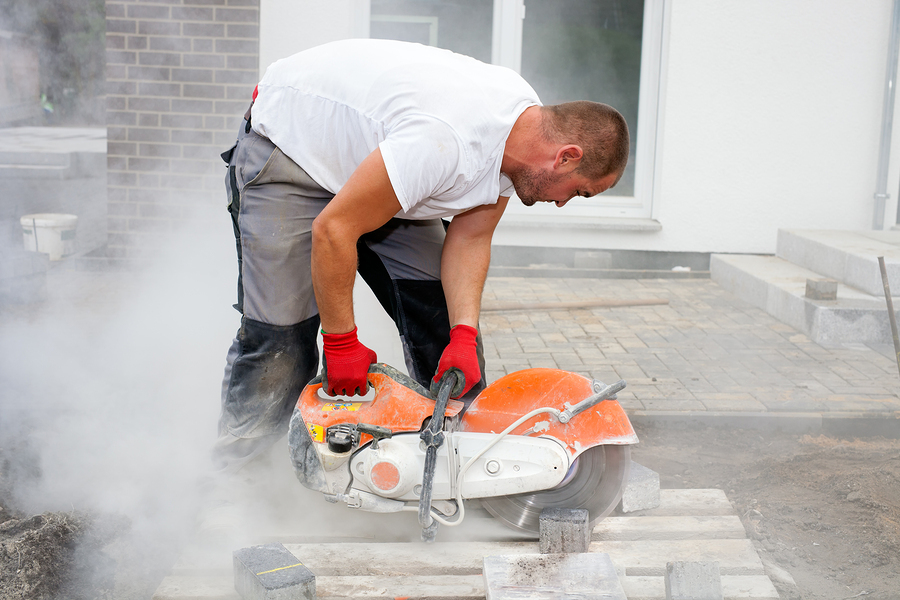
Concrete work is everywhere, and the right tools make all the difference.
For as long as concrete has been used in construction, workers have developed better ways to work it. The tools available today help your concrete business produce the best results possible. And owning your own tools means you won’t have to pay rental fees, which helps you stay competitive when bidding jobs.
Here are 5 essential concrete tools that you’ll want to keep:
#1: Concrete Vibrator
Not every concrete contractor uses a fancy concrete vibrator, but it can be one of the most important tools that you own. Concrete vibrators remove hidden air pockets and help the material consolidate or pack down more densely. This gives you the best shot at a good cure and better long-term results.
Concrete vibrators come in a few different styles, but most contractors use more than one. There’s an immersion type with a hose that works inside the wet concrete as soon as it’s poured. External models work on the concrete surface, and are ideal shallower applications.

Not every job requires a concrete delivery, so a small mixer belongs in your trailer.
#2: Portable Concrete Mixer
Not every job requires a concrete delivery; some jobs are a lot smaller than that. And even in larger-scale jobs, you’ll need a way to mix smaller batches for any number of reasons. That’s why you need a portable concrete mixer.
Be careful when comparing portable mixers, as the capacity isn’t always clear. Even if the barrel is listed at a certain capacity, the motor really determines how much wet concrete you can mix at a time. So check the barrel capacity, but also learn the true output of the mixer.

The best tool for the job saves time and it also makes the workday easier.
#3: Concrete Saw
Concrete joints are part of larger-scale work that isn’t especially deep, such as driveways. Cuts in the right locations control cracking. Contraction joints are intentionally weak spots where you want the concrete to break, and a concrete saw helps you create them on concrete that’s already set but within about 12 hours. The longer it cures, the less control you’ll have over the location of cracks.
Concrete saws come in a lot of different forms. Most have a circular blade, but some even have a chain saw mechanism. Most contractors have at least one handheld saw in their arsenal. For bigger jobs, a walk-behind concrete saw make the job a lot easier.
#4 & 5: Screeds and Floats
Two of the most important tools for any concrete contractor do the least amount of damage to your wallet: Screeds and floats. As unsophisticated as they might be, they’re still the best way to finish concrete.
Screeds put the concrete where it needs to be, and they give it a smooth finish. Although some smaller jobs get fine results using a straight 2 by 4, a professional screed with a long handle holds up better, can help with larger-scale work, and it’s easier on your back.
Concrete might arguably date back thousands of years. Maybe not in the form that we know it, but the even the ancient Egyptians used mixtures that compare to the Portland cement material discovered in the 1800s. And for as long as people have worked with and improved on it, those same people have developed better tools to make the job easier and get excellent results. That helps you stay competitive.
PDH Contractors is another way for you to stay on top of your game. We offer the continuing education courses that you need to keep your licensing status current. The next time your credit hours are due, check out our courses. We take the hassle out of continuing education.
